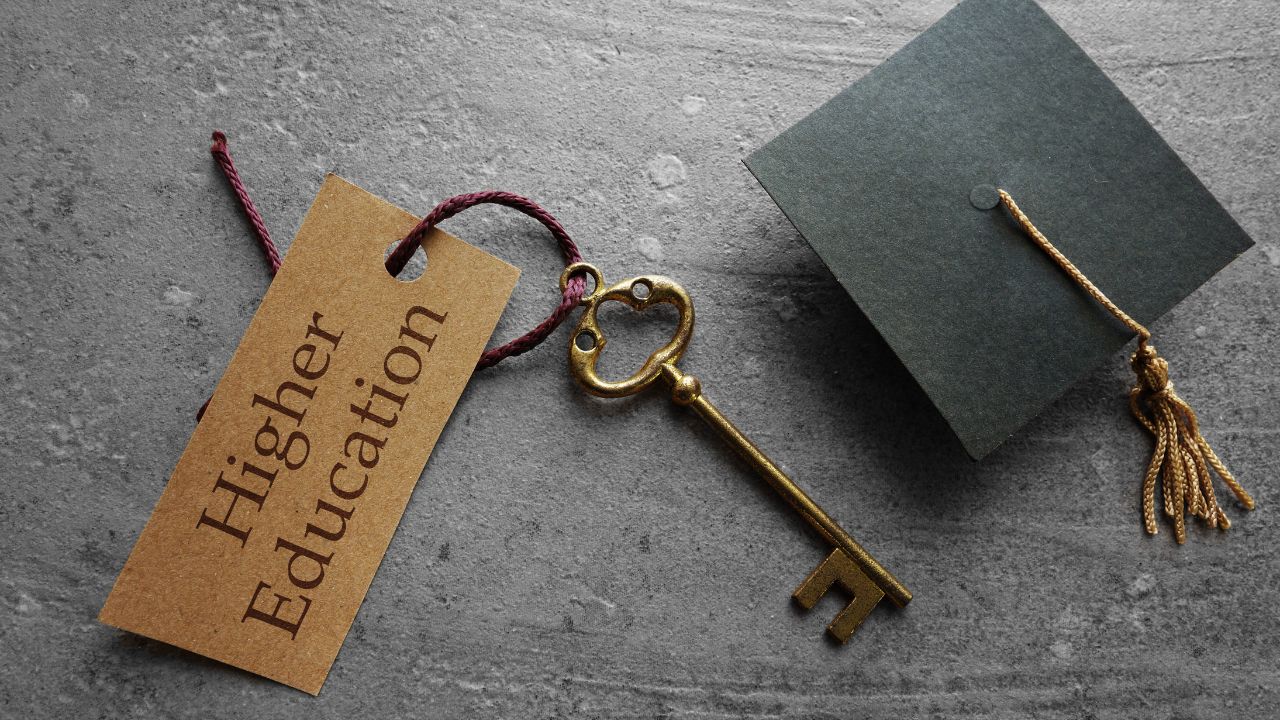A survey conducted to study higher education in the country shows that the Indian Muslim community has displayed a significant decline in terms of enrolment in higher education between 2020-21. The All India Survey of Higher Education (AISHE), shows that higher education among Muslim students in the age group of 18-23 dropped by more than 8.5% in 2020-21.
From 21,00,860 students in 2019-20, the number has fallen to 19,21,713 students in 2020-21, thus showing a decline of 1,79,147 students.
According to the study, 18.64% of Muslim students enrolled in the secondary level drop out of schools, which is higher than the 12.6% dropout rate for all students.
The most significant decline in Muslim enrolment was reported in Uttar Pradesh, with a staggering 36% decrease. Other states that experienced significant declines include Jammu and Kashmir (26%), Maharashtra (8.5%), and Tamil Nadu (8.1%).
In Delhi, one in every five Muslim students did not enrol in higher education after passing the SSC education board, raising questions on the Aam Aadmi Party’s (AAP) claims of educational reforms in the national capital.
Smaller states too showed similar trends with Gujarat at 6.1 per cent, Bihar (5.7 per cent) and Karnataka (3.7 per cent).
Kerala, on the other hand, stands out as the only state where 43% of Muslims pursue higher education, possibly because Muslims in Kerala enjoy a 10 per cent reservation in government jobs and 12 per cent in educational institutions.
Growing poverty amongst the Muslim community post the COVID-19 pandemic could be a major contributing factor towards these figures. But considering that all other communities too faced the brunt of the pandemic, poverty alone could not be what caused the widening of the gap in education. Rising discrimination, marginalisation and violence against the Muslim community, combined with underrepresentation emerge as the glaring causes of a steady decline in the overall factors of Muslim welfare in the country. The Hijab Ban in Karnataka and the withdrawal of Muslim reservations from individual states are a case in point.
The lack of representation for Muslims is clearly evident from the latest estimates that Muslims have a representation of 3% in civil services, 4.5% in railways, 6% in police forces, 4% in medical care and 7.6% in the judiciary.












